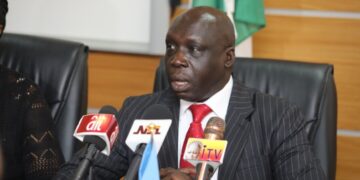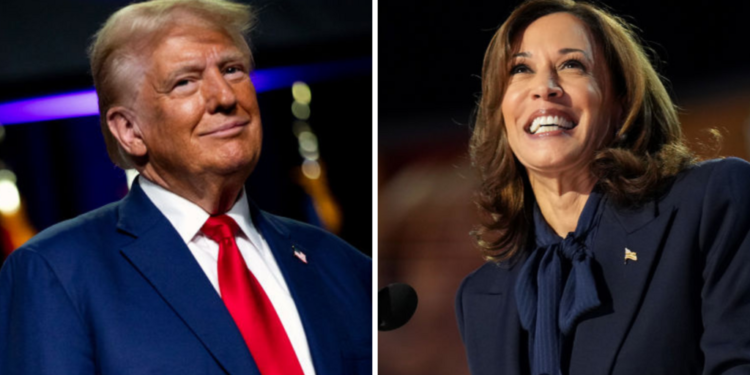On Tuesday, former U.S. President Donald Trump and Vice President Kamala Harris went head-to-head in their first—and potentially only—presidential debate. Hosted by ABC News in Philadelphia, Pennsylvania, the 1-hour-45-minute debate saw the two candidates clash on major issues like abortion rights, immigration, and the state of the economy, as both fought to gain an edge in the closely contested 2024 election.
This debate marked a pivotal moment in the race, following President Joe Biden’s decision to step down, leaving Harris to represent the Democratic Party. The debate highlighted stark contrasts between their leadership styles, with Harris baiting Trump into defensive responses, while Trump stuck to his familiar narrative of conspiracy theories and attacks on Democrats.
Key Takeaways
Harris’ Debate Strategy: Harris employed a tactical approach designed to provoke Trump, repeatedly calling him “weak” and a “disgrace” as she criticized his leadership. Her attacks focused on his 2020 election defeat, billionaire-friendly policies, and neglect of middle-class Americans. She also accused him of undermining women’s rights by helping overturn Roe v. Wade.
Trump’s Reactions and Conspiracy Theories: Visibly rattled by Harris’ provocations, Trump often deviated into tangents, repeating debunked conspiracy theories about Democrats and immigration. He doubled down on his claim that the 2020 election was stolen and continued to promote outlandish stories, including false assertions that Democrats support post-birth abortions.
Abortion Debate: A key point of contention was abortion rights. Harris criticized Trump for his role in overturning Roe v. Wade, highlighting the negative consequences faced by women denied medical care. Trump defended his actions, stating that abortion decisions should be left to individual states, but repeated misleading claims about Democratic support for infanticide.
Immigration and Crime: Harris took aim at Trump’s failure to pass a bipartisan immigration bill, shifting the discussion to his administration’s broken promises. Trump, in turn, focused on sensational and false claims about migrants, avoiding detailed policy discussions. He also claimed that crime rates were rising, a statement contradicted by FBI data shared during the debate.
International Issues: Neither candidate offered clear solutions to ongoing conflicts in Gaza and Ukraine. Harris criticized Trump for his close ties to authoritarian leaders, while Trump argued that his leadership would have prevented these conflicts from escalating.
Race and Identity: Trump was questioned about his past comments on Harris’ racial identity, which he brushed off. In response, Harris addressed Trump’s history of racial discrimination, referencing the Central Park Five case and his involvement in the birther movement against President Obama.
Personal Attacks: At one point, Harris mocked the size and spectacle of Trump’s rallies, visibly irritating him. Trump defended his rally numbers but was redirected to policy issues by the debate moderators.
Polling Impact:
According to a CNN Poll of Polls conducted before the debate, both candidates were neck-and-neck, with Harris at 49% and Trump at 48%. The debate underscored the sharp contrasts between their approaches—Harris kept Trump on the defensive, while Trump stuck to a narrative of conspiracies and dire warnings about the U.S. under Democratic leadership.
























